We may earn money or products from the companies mentioned in this post. This means if you click on the link and purchase the item, I will receive a small commission at no extra cost to you ... you're just helping re-supply our family's travel fund.
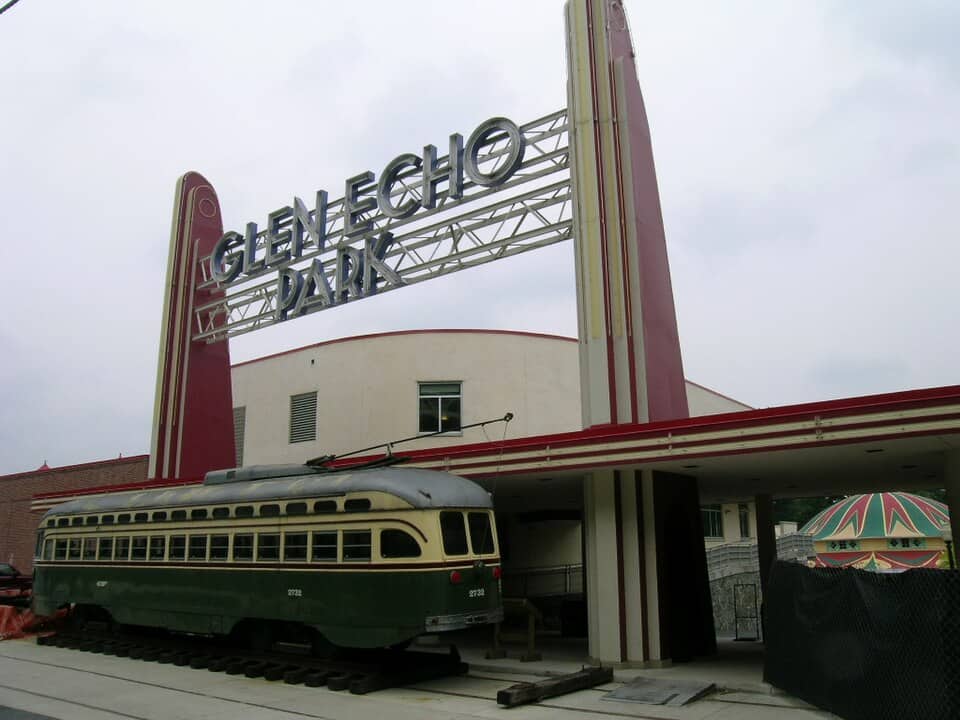
Hype drifts. Highways reroute traffic, new parks steal headlines, and old attractions loosen their grip on the weekend calendar. What remains is a softer kind of draw: open parking, slow cafés, and caretakers who know stories by heart. These places once sold rides, postcards, or a grand promise. Now they trade in space and sky. The payoff is room to listen. Wind moves through empty bleachers, neon hums to itself, and small details step forward once the noise has gone home.
Salton Sea, California
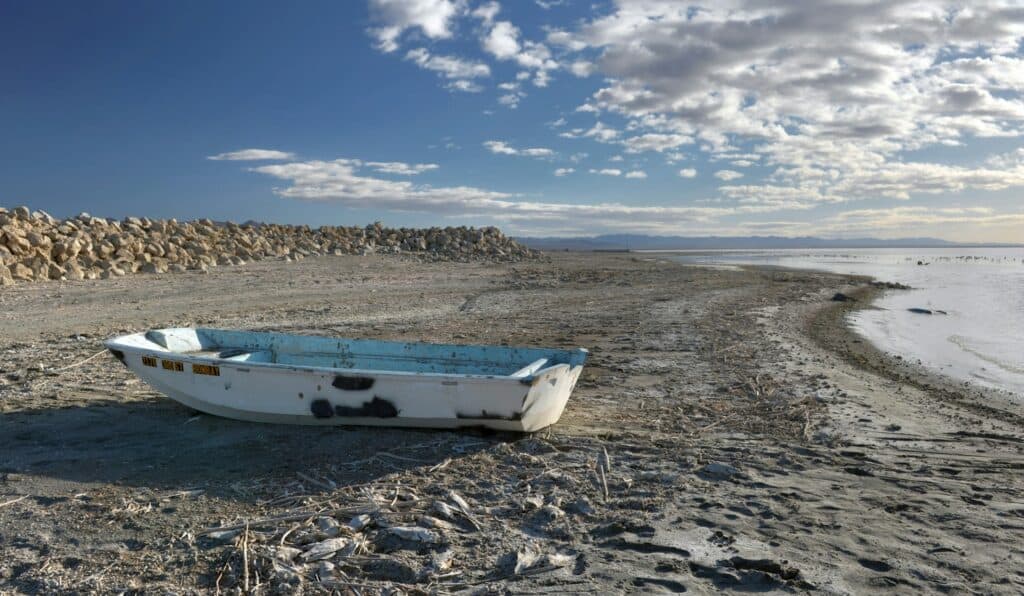
Midcentury marinas once packed weekends with ski boats and cocktail hours, then rising salinity and fish die-offs dimmed the lights. Today, shoreline towns hold art installations, rusted piers, and long flats where pelicans brush the water at dusk. Winter light turns the lake metallic and still. It reads less like a beach and more like a desert mirror. Visitors find quiet, grit, and a reminder that boomtowns can become studies in patience and air.
Silver Springs State Park, Florida
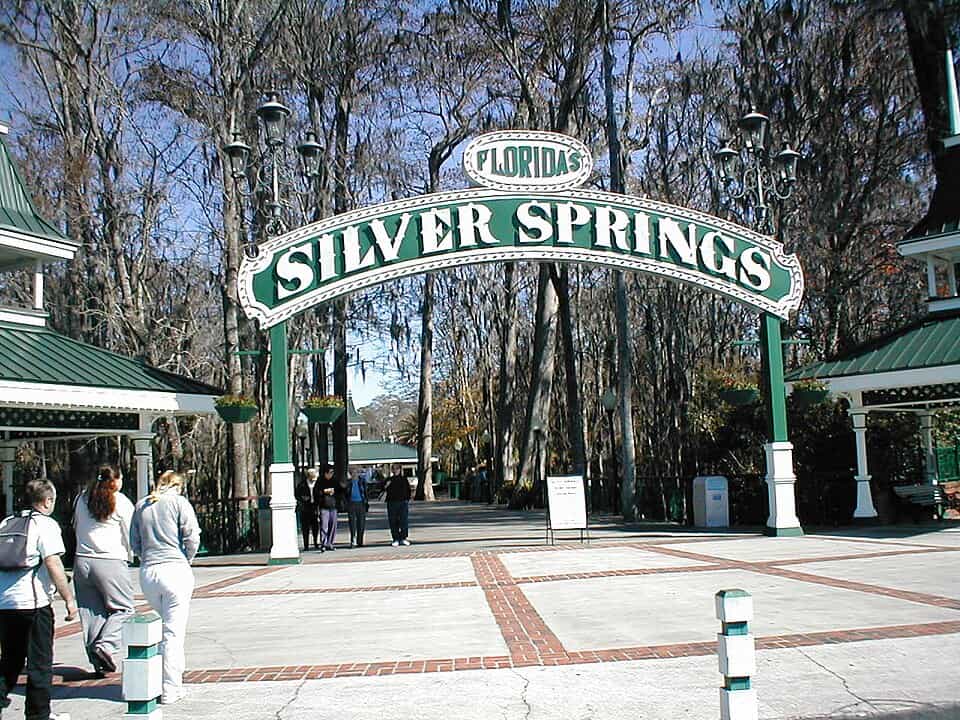
Before theme parks, glass-bottom boats revealed springs clear as air, with film crews and crowds filling the banks. The spectacle faded as families chased bigger thrills on new highways. The springs remain, now wrapped in a state park that favors manatees, paddle strokes, and shaded trails. Boats glide over sand boils that breathe like slow lungs. The volume dropped and the charm survived, traded from loud shows to small ripples and herons hunting in peace.
Glen Echo Park, Maryland
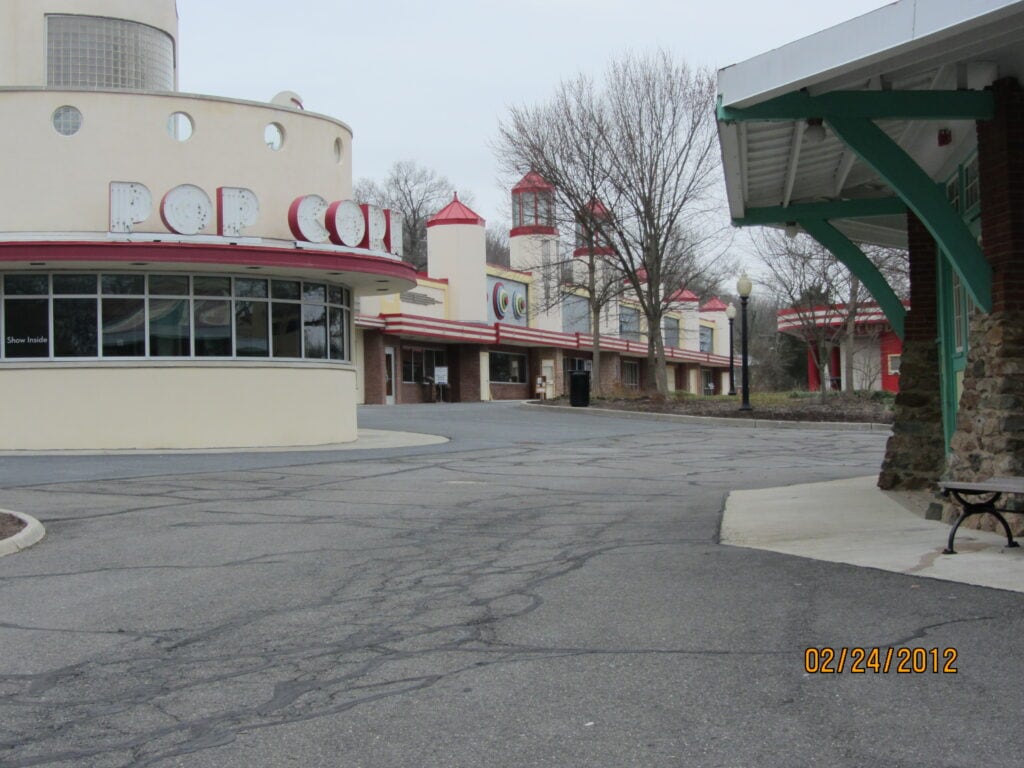
A trolley once delivered revelers to a coaster, a carousel, and a ballroom bright as a storybook. Rides stopped, then artists arrived. Today, studios, dance classes, and summer concerts inhabit the old midway. The carousel still spins, but weekday mornings bring watercolor groups under sycamores and the soft thrum of rehearsals. The place holds joy at a lower register. Craft replaced carnival, and the C&O Canal nearby sets the pace to an easy walk.
Centralia, Pennsylvania
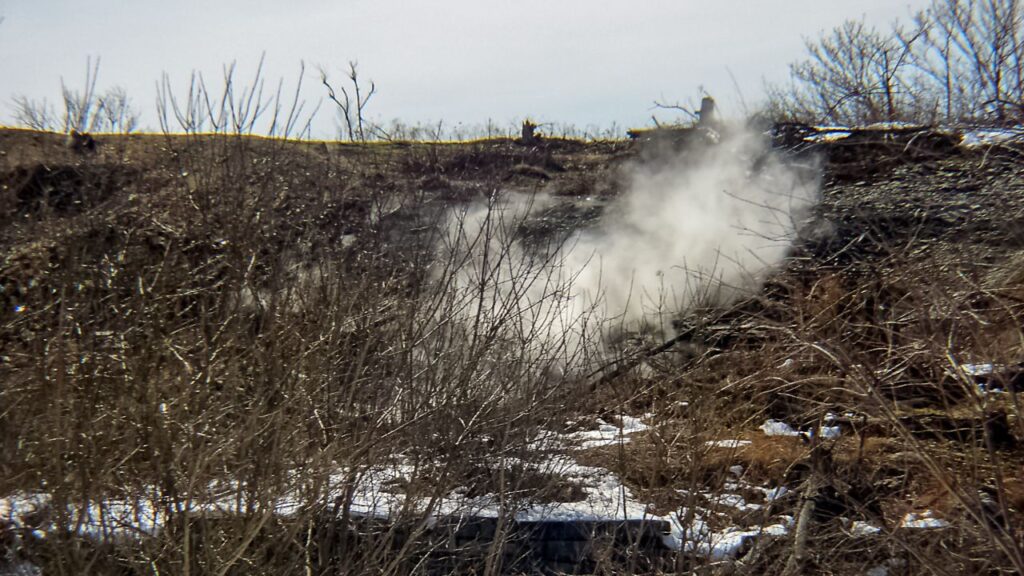
An underground mine fire started in 1962 and never quit, sending fumes through basements and families to new streets. Curiosity once covered an abandoned highway in paint, then barriers and grass reclaimed the slope. A church still rings the hill, mailboxes stand alone, and cold mornings carry thin steam from seams in the earth. It is part cautionary tale, part meadow, with a hush that asks for respect. The quiet feels earned and uneasy at once.
Cairo, Illinois
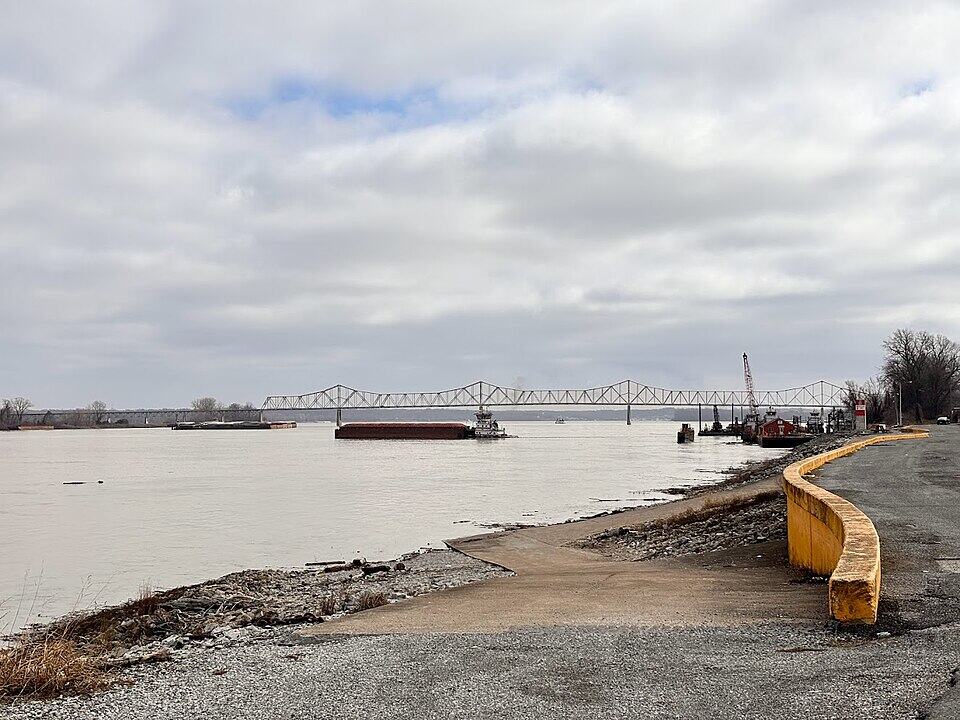
Riverboats, rail, and grand hotels once made Cairo a busy hinge of the Mississippi and Ohio. Disinvestment and bypassed highways emptied storefronts and left blocks of dignified facades facing wide, quiet streets. Evenings shine on cornices and brick while church bells collect the hour. The town reads like a ledger of ambition and loss, written in limestone and paint. Travelers find handsome bones, steady river light, and locals who remember both the rush and the slide.
Amboy, California
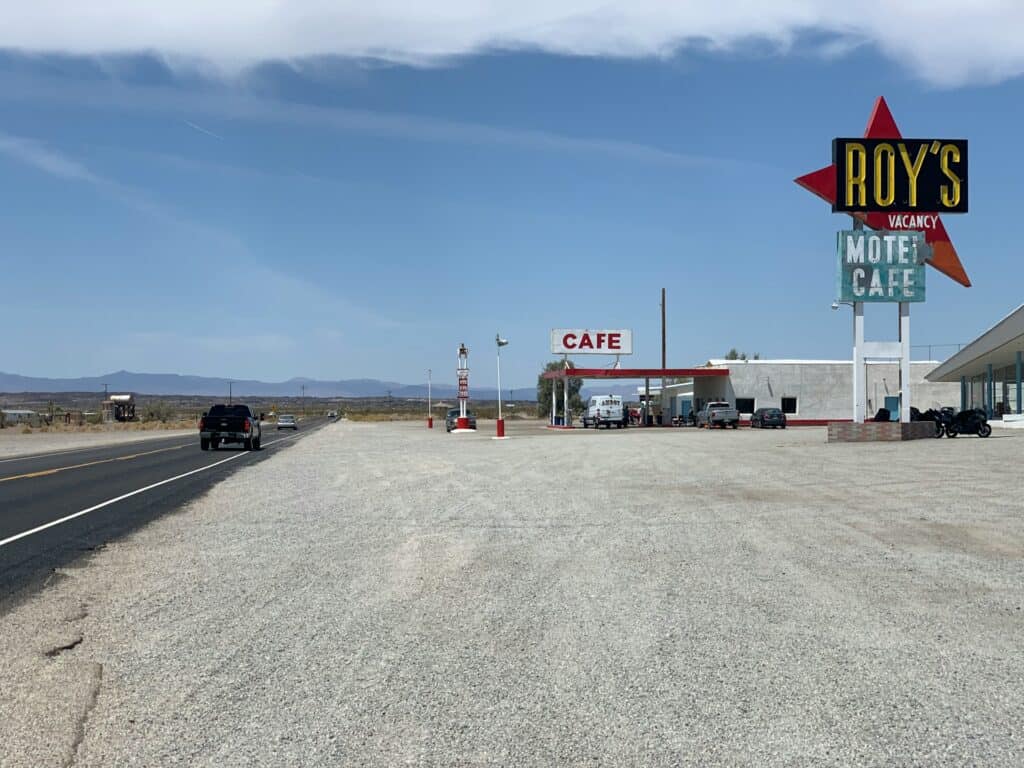
Roy’s Motel & Café lit Route 66 like a promise, then Interstate 40 whisked traffic past the desert stop. What remains is a perfect neon sign, a row of empty cabins, and lava fields stretching to the horizon. Drivers roll in for a soda, a photo, and an odd sense of calm. Sunset sets the red letters against a big, clean sky. The pause feels complete. The road’s old rhythm returns for a minute and then moves on.
Tucumcari, New Mexico
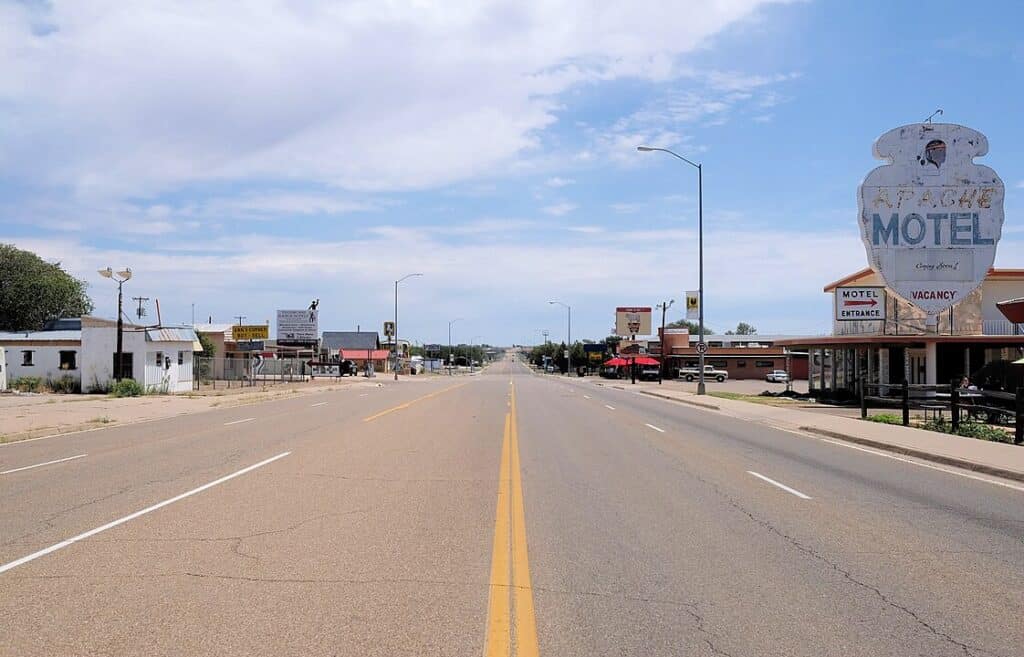
Once famous for “2,000 motel rooms,” this Route 66 town saw its neon dim as the interstate took the flow. Today, restored motor courts and murals keep the glow alive on a smaller stage. Nights are photogenic and quiet, mornings smell like coffee and dust. Freight trains write the backbeat and shopkeepers swap stories about summer caravans. Pride persists in hand painted signs and spotless lots. The buzz softened, but the welcome stayed sharp.
South Of The Border, South Carolina
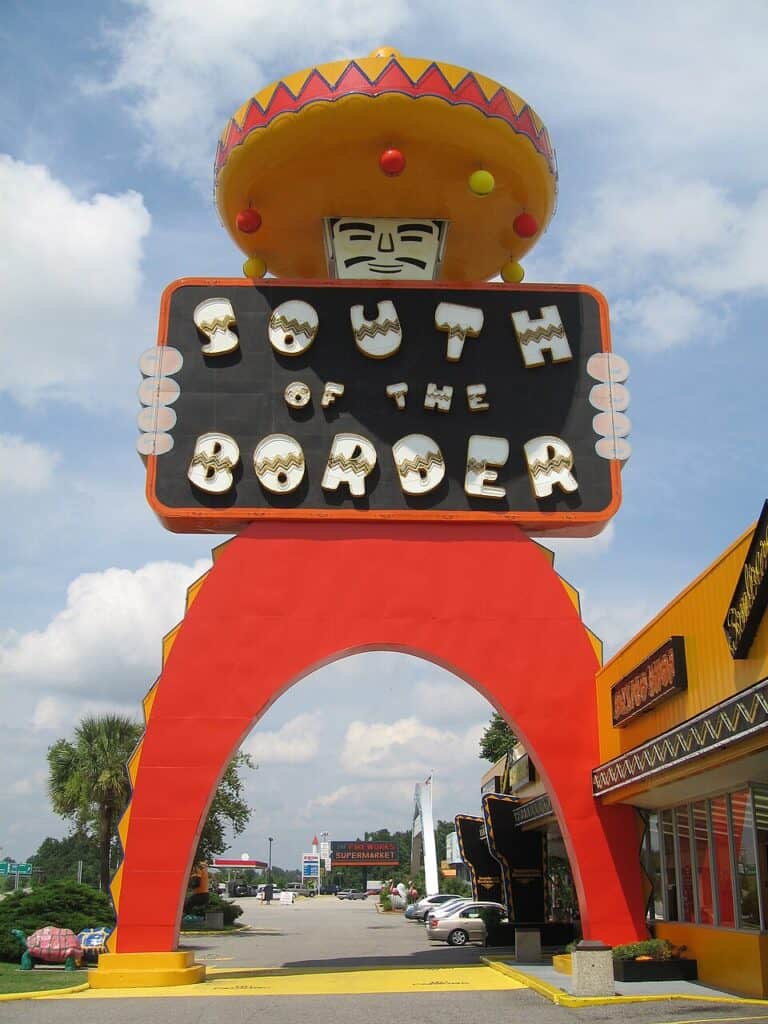
Hundreds of billboards once built anticipation with jokes and bright mascots. Time and tastes shifted. The tower still rises, gift shops sparkle, and a few rides whirl, yet wide aisles stay open on Saturdays. Families wander without crowds, reading souvenirs like artifacts. The whole complex feels retro and oddly tender, a road culture museum still in operation. For many, the stop is memory maintenance with chili dogs and a long look at the sky.
Pleasure Beach, Connecticut
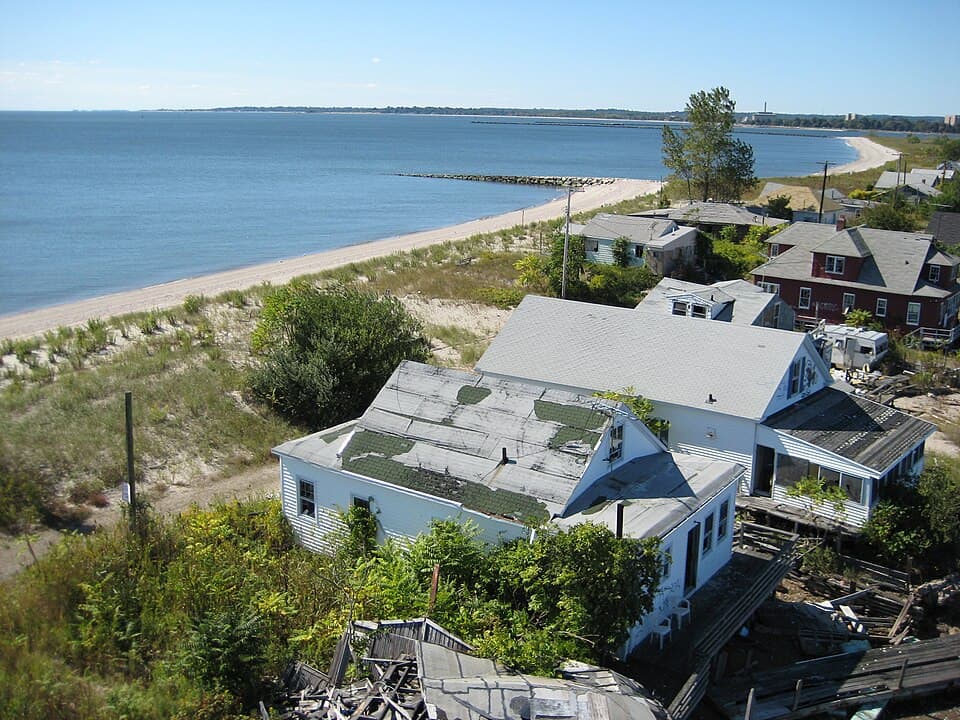
A narrow bridge once funneled crowds to rides and boardwalk snacks. Fire, storms, and time broke the link, then a ferry and footbridge returned access to a new purpose. Dunes, terns, and open sand replaced the midway. Concrete pads hint at carousels; gulls own the soundtrack. The second act feels gentle and right, with sunsets that spill gold across the Sound. People come for walks, not whirlers, and leave with salt in hair and quiet on shoulders.
Borscht Belt Resort Remnants, New York
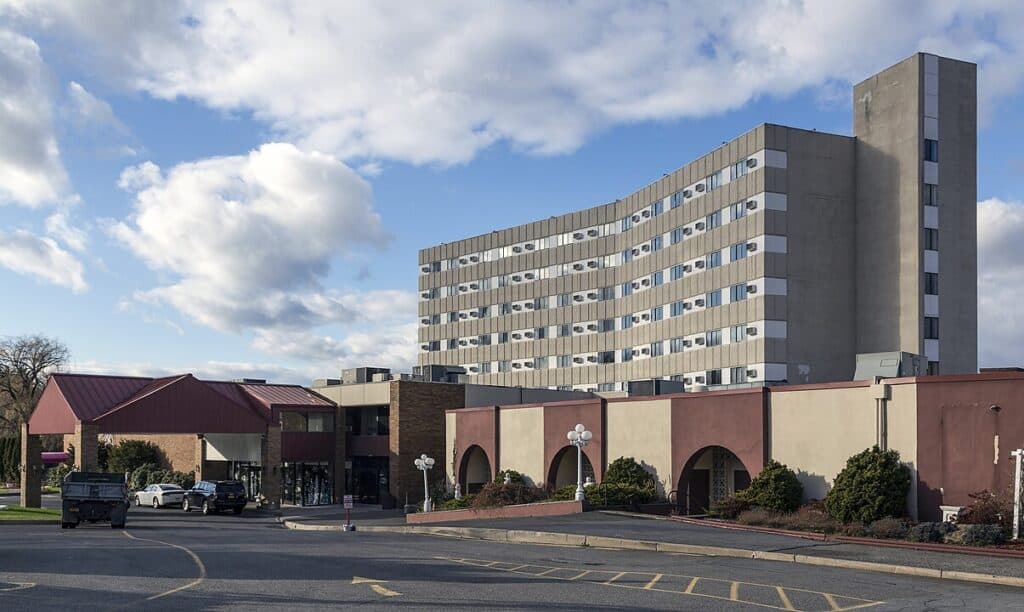
Catskills resorts filled summers with comics, dance marathons, and poolside gossip, then jet travel rewrote vacation math. Some campuses revived, many slipped into vines and silence. The woods now frame empty theaters and cracked tile pools that hold rain and leaves. Nearby towns trade stages for diners, galleries, and trailheads. Autumn colors wash the old glamor in amber, and the ghost of a punchline seems to hover where footlights used to warm the room.
Glenrio, Texas–New Mexico
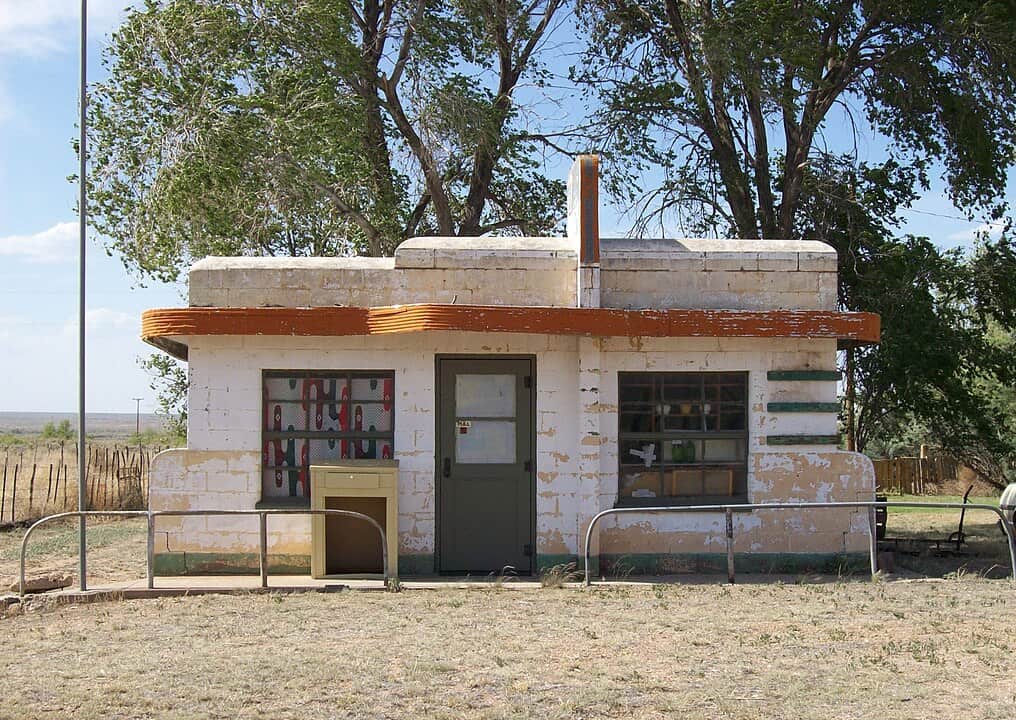
Straddling the state line, Glenrio served travelers chasing postcards and cold sodas. After the interstate opened, pumps stilled and the motel keys stopped moving. Today, a streamline Moderne station, a café shell, and a few frames stand in clean desert air. Wind does most of the talking. Photographers find clean lines and a horizon that refuses to rush. The stop delivers pure road geometry, a perfectly held breath where a main street paused for good.